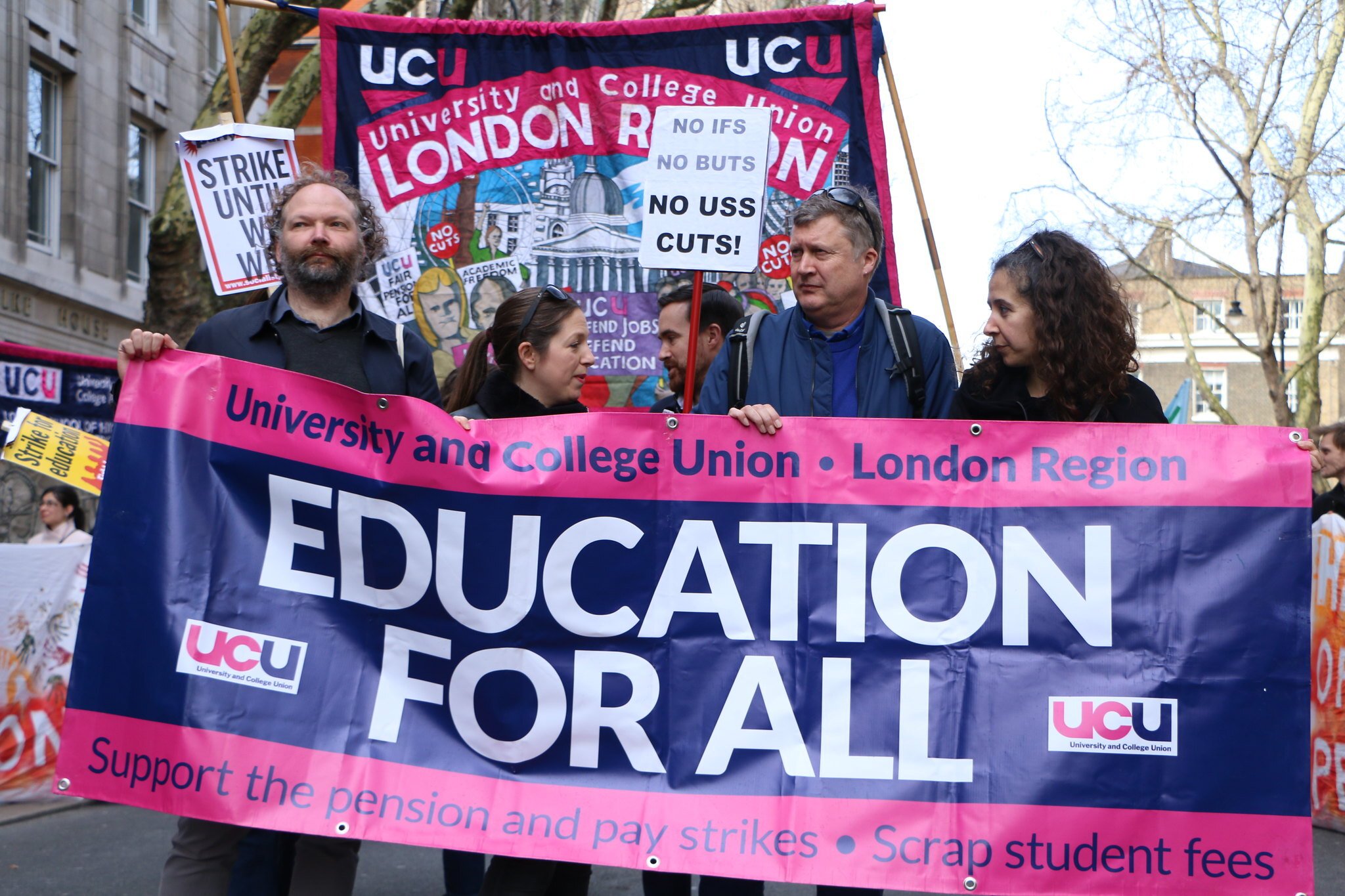On Saturday 26th January, up to 25,000 workers, Labour party members, trade unionists, students and members of the local community marched against the proposed closure of Lewisham Hospital’s A&E department. Such a large turnout for a local protest is unprecedented in recent times and demonstrates the real depth of resistance to the cuts and anger at the government in the community.
On Saturday 26th January, up to 25,000 workers, Labour party members, trade unionists, students and members of the local community marched against the proposed closure of Lewisham Hospital’s A&E department. Such a large turnout for a local protest is unprecedented in recent times and demonstrates the real depth of resistance to the cuts and anger at the government in the community. The march was considered so important that Millwall, the local football team, moved their Saturday match to ensure that it did not clash.
Lewisham hospital’s A&E department is proposed for closure as part of a plan by special administrator Matthew Kershaw to rescue the finances of the neighbouring South London Healthcare Trust. If the plan is implemented, the A&E assets would be sold on and its resources used to prop up the hugely indebted South London Healthcare Trust. As well as losing its A&E department, the plan would see Lewisham’s maternity services downgraded to a midwifery led unit. The Tory Health Secretary, Jeremy Hunt, is due to make a decision on the plans on 1st February.
Despite the government’s promise that the NHS would be protected from the cuts, hospitals up and down the country are facing similar attacks. The NHS as a whole made a surplus of £1.4bn in 2011/12, but instead of ploughing this money back into improving patient care the government clawed the savings back. This comes at a time when there are 6,000 fewer NHS nurses than when the coalition government was formed in 2010 and when a further 61,000 NHS jobs are at risk.
The Lewisham proposals are unanimously opposed by local healthcare workers, who argue that the cuts would be harmful to local health in a borough that already has the lowest male life expectancy in London. However the body of healthcare experts that advised the special administrator on the plans were barred from considering the impact on service quality; the only arguments permitted were financial. The shocking scandal at Mid Staffordshire Trust demonstrates what happens to healthcare when financial considerations override quality in decision making.
In reality however the plans do not even make financial sense. Lewisham’s empty buildings would be sold off for £17m – £5m less than the cost of the hospitals’ recent A&E refurbishment. Overall the cost of implementing the plans would be £195m – in order to achieve £19.5m savings a year! Why then are they being proposed?
The real motivation behind the plan is to make South London’s services more attractive to private healthcare by making cuts and closing local competitors. A number of private companies have already expressed an interest in running South London’s services. The tendering process will be focussed on cost and servicing the debt, rather than quality. This puts private health companies at an advantage over the NHS, since they don’t bear the costs of A&Es, intensive care, or the training of medical professionals.
The proposals for Lewisham hospital are part of the government’s wider plans to open up the NHS to greater privatisation for the sake of private profit over public good. If the government is allowed to get away with running down, asset stripping and selling off a perfectly financially healthy and high quality hospital, it sets a precedent that means no hospital in the country is safe. This is why it is so important that these plans are resisted.
Saturdays demonstration and the preceding 15,000 strong march are a marvellous start. However, despite this immense outpouring of community anger at the destruction of our NHS by the coalition government, they will no doubt press ahead with the closure. The only way these plans can be stopped is to broaden the campaign and connect it to the general struggle against austerity and the government’s programme as a whole. This must include the workers at the hospital fighting to protect their jobs and maintaining the vital service they provide. In Greece, doctors, nurses and other healthcare workers have occupied their hospitals in response to government attacks. If Lewisham A&E and other hospitals over the country are threatened with closure or attacks, similar steps will have to be taken to those in Greece, alongside a deepening of the struggle on the part of the local labour movement and wider community.






